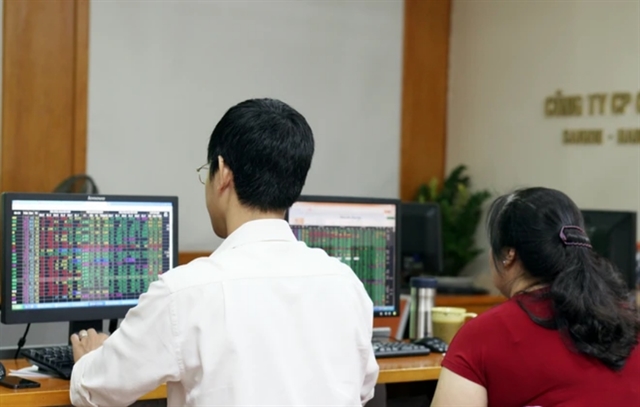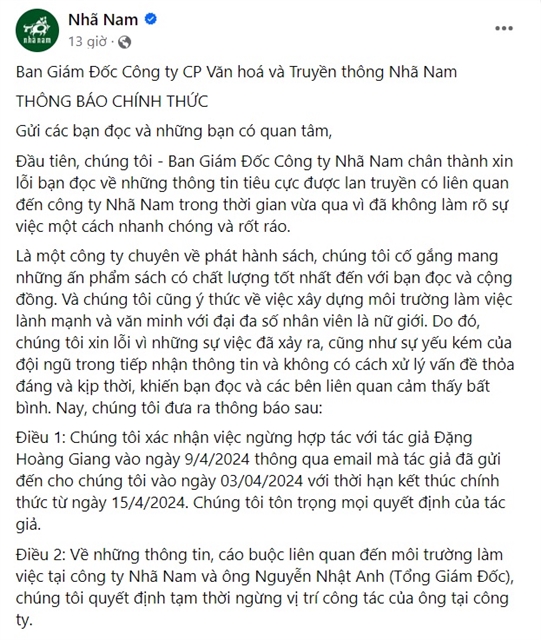

North Korea fired a ballistic missile directly into Japanese-controlled waters for the first time on Wednesday, drawing an outraged response from Tokyo and ramping up tensions with the United States and South Korea.
 |
SEOUL — North Korea fired a ballistic missile directly into Japanese-controlled waters for the first time on Wednesday, drawing an outraged response from Tokyo and ramping up tensions with the United States and South Korea.
The US military said the North had actually launched two Rodong intermediate-range missiles simultaneously, but one appeared to have exploded on take-off.
Japan said the one missile had landed in the Sea of Japan, some 250km off its northern coast and within the country’s Exclusive Economic Zone (EEZ).
"It’s a serious threat against our country’s security," Prime Minister Shinzo Abe told reporters. "This is an outrageous act that cannot be tolerated."
The United States condemned what it called a clear violation of UN Security Council resolutions explicitly prohibiting North Korea’s use of ballistic missile technology.
"This provocation only serves to increase the international community’s resolve to counter (North Korea’s) prohibited activities," said Pentagon spokesman Gary Ross.
Two missiles
US Strategic Command said the two missiles were launched from a site in western North Korea at around 7:50am Seoul time (22:50 GMT Tuesday).
"Initial indications reveal one of the missiles exploded immediately after launch, while the second was tracked over North Korea and into the Sea of Japan," it said in a statement.
It was the first time a North Korean missile has been fired direct into Japanese waters. The second stage of a medium-range missile fired over Japan had splashed down inside the EEZ off Japan’s Pacific Ocean coast in 1998.
Japan’s top government spokesman Yoshihide Suga slammed Pyongyang for providing no advance warning of Wednesday’s test.
"From the perspective of the safety of aircraft and ships, it is an extremely problematic, dangerous act," Suga said.
The Rodong is a scaled-up Scud variant with a maximum range of around 1,300km.
Pyongyang has conducted a series of missile tests this year in defiance of UN sanctions imposed after its fourth nuclear test in January.
On July 19 it launched three ballistic missiles -- including one Rodong -- in an exercise that the North said simulated a nuclear strike on the South.
That came just days after Washington and Seoul announced an agreement to deploy the US Terminal High Altitude Area Defence, or THAAD, system in South Korea by the end of next year -- a move condemned by Pyongyang and also vehemently opposed by China and Russia.
South Korean Foreign Minister Yun Byung-Se said Wednesday’s missile test only served to "underline the need to deploy THAAD."
Tensions on the divided Korean peninsula are also building up ahead of an annual South Korea-US military exercise later this month that involves tens of thousands of troops.
North Korea says such drills are a provocative rehearsal for invasion, while Washington and Seoul insist they are purely defensive in nature. – AFP









